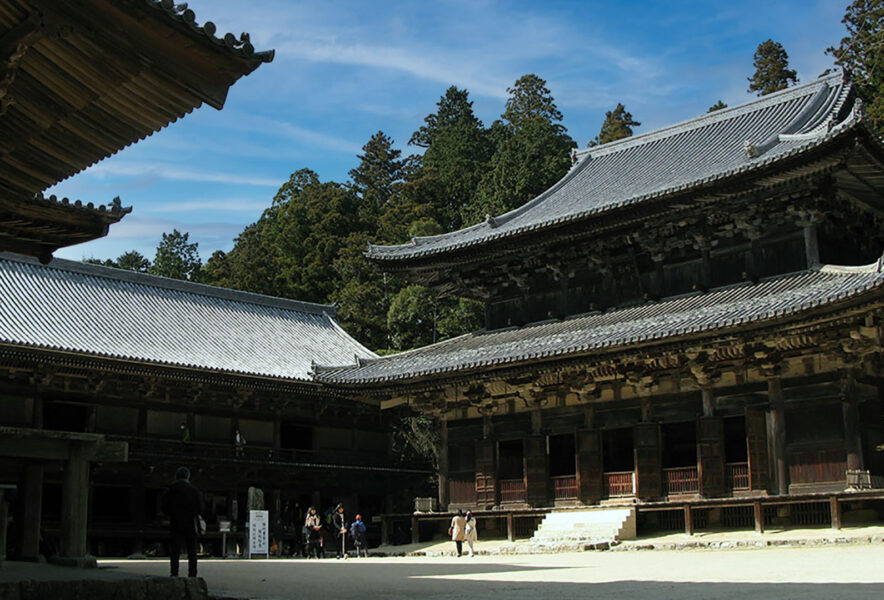Shoshazan Engyoji Temple is a separate head temple of the Tendai sect of Buddhism located on Mount Shoshazan (Mt. Shosha) in Himeji City, Hyogo Prefecture.
It is the largest of the 33 temples in Shikoku and is also called the “Hieizan of the West.
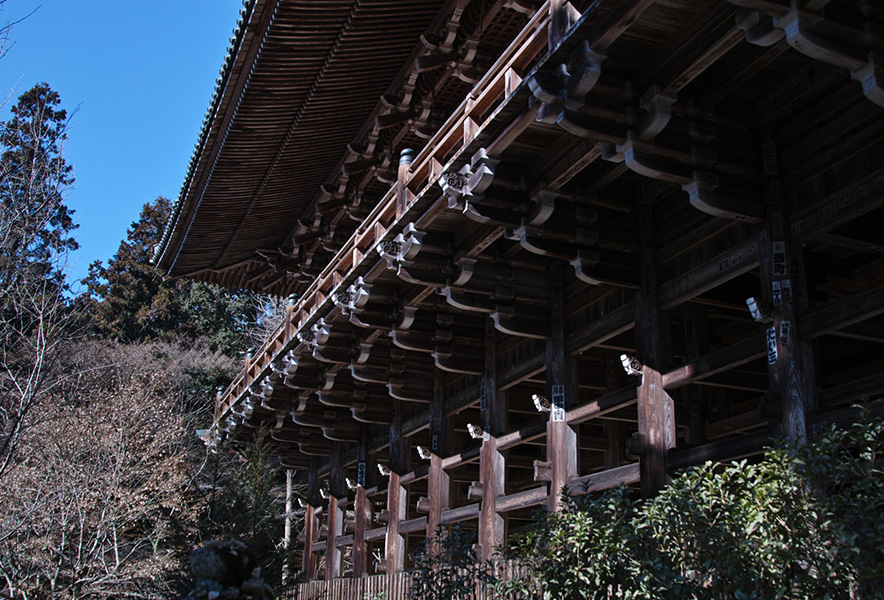
What is Shoshazan Engyoji temple?
Hieizan in the West” revered by the Emperor
Engyo-ji Temple is said to have been founded in 966 during the middle of the Heian period (794-1185) by Shokyu, a priest of the Tendai sect. The temple was also revered by Emperor Hanayama (the 65th Emperor), who himself visited the temple in 986 and gave it the imperial title of “Enkyo-ji Temple.
In addition to Emperor Hanayama, Emperors Go-Shirakawa (the 77th Emperor) and Go-Daigo (the 96th Emperor) also paid respect to the temple, and it is said that the temple was reconstructed, renovated, and even erected. Along with Hieizan (Shiga Prefecture) and Daisen (Tottori Prefecture), it was one of the three major Buddhist centers of the Tendai sect.
According to Buddhist theory, Mt. Shoshazan, where Engyo-ji Temple is located, was called Shoshazan because it resembles a copy of Mount Ryojusen (a mountain in India where the Buddha Shakyamuni is said to have preached the Lotus Sutra and other works).
Built on the summit of Mt. Shosha at an elevation of 371 meters, Engyo-ji Temple is now a breathtakingly beautiful space with its awe-inspiring appearance, with the building blending in with the mountain trees. The temple grounds are very spacious, allowing visitors to relax in the midst of nature and a building that is more than 1,000 years old.
Highlights of Shoshazan Engyoji temple
The precincts of Engyo-ji Temple are not accessible by car. Visitors can use the free parking lot at the foot of the mountain and either take the ropeway or walk to the temple. The vast precincts of Engyo-ji are divided into three main areas, although there are no boundary lines.
Mt. Shoshazan Ropeway
It takes about 4 minutes to get to the “Mountain Top Station” at the summit of the 371-meter-high mountain. The streets of Himeji gradually become smaller, and the Seto Inland Sea can be seen. On the way up, an explanation of the precincts of Enkyo-ji Temple will be shown, and on the way down, a tape will be played to guide you through the town of Himeji. After getting off the train at Yamagami Station, a mountain path leads to the temple grounds. For a fee, a shuttle bus will take you to the precincts of the temple and to the bottom of the Mani-den Temple.
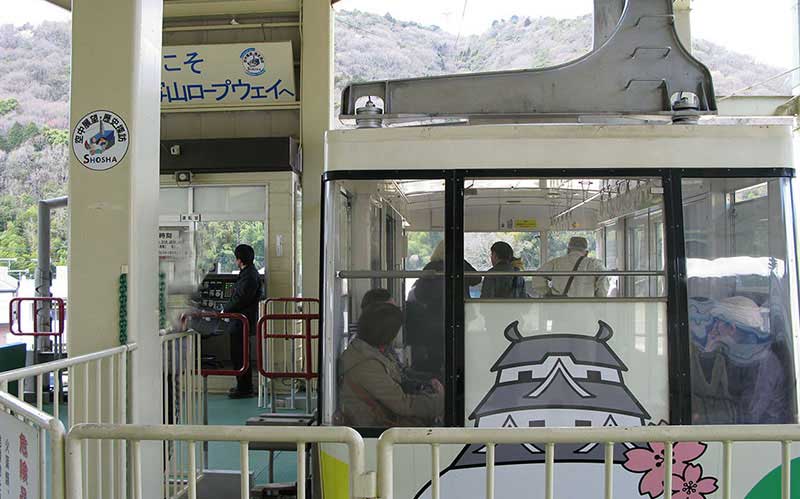


Entrance gate of Shoshazan Engyoji temple
The Niomon Gate is the first gate that visitors pass through.
The Niomon Gate is the entrance to the temple grounds and is flanked on both sides by wooden Kongorikishi statues (made in the Muromachi period).
The gate itself was rebuilt in 1617 and is designated as a cultural property of the prefecture.
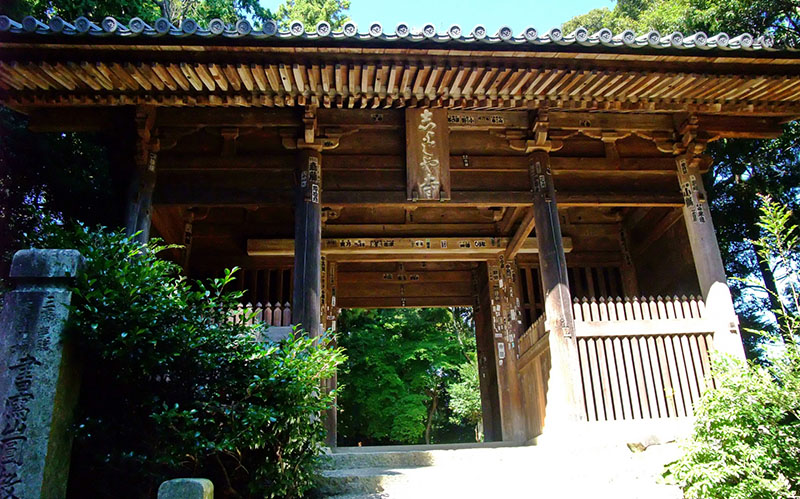
Mani-den
The structure of the “Mani-den” temple is the same as that of Kiyomizu-dera Temple in Kyoto, called “Butai-zukuri” or “stage structure” style.
Although it was rebuilt in 1933, it has inherited the traditional architectural style and is registered as a Tangible Cultural Property of Japan. The main statue of Nyoirin Kannon is enshrined inside.
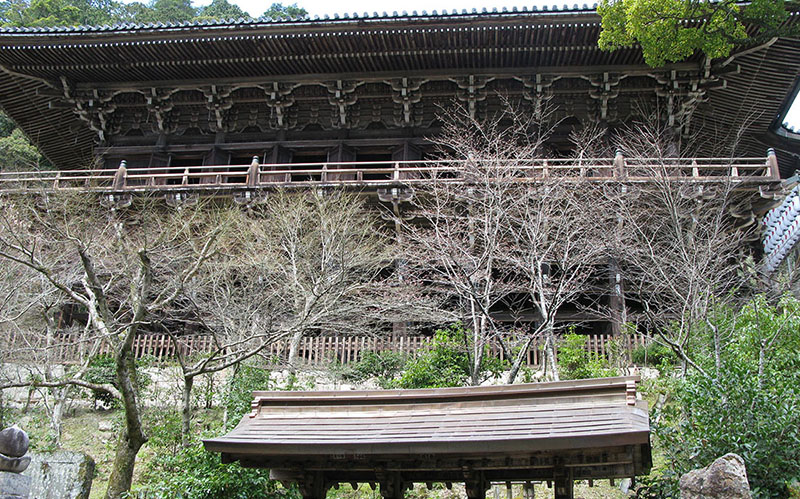

San-no-do
San-no-do” consists of three buildings arranged in a U-shape: the “Jogyo-do” on the left (south side), the “Jiki-do” on the front (west side), and the ” Dai-ko-do” on the right (north side).
These three buildings are designated as Important Cultural Properties, and a statue of Sakyamuni Buddha is enshrined in the main lecture hall, which is also the temple’s main hall.
There are many other buildings in the temple, so be sure to see them all when you visit the temple.


Engyo-ji Temple” has been used as a location for dramas and movies.
Engyo-ji Temple” has been used as a filming location for many well-known dramas and movies.
One of the most famous is “The Last Samurai,” a Hollywood movie starring Tom Cruise and Ken Watanabe (it is said that the director, Edward Zwig, saw the temple and fell in love at first sight).
The scene in the film where Allgray (Tom Cruise) and Katsumoto (Ken Watanabe) talk under the cherry tree is said to have been shot in front of the Honda Family Mausoleum (located southeast of the main lecture hall) on the temple grounds.
The dining hall was used for the conversation scene between Katsumoto (Ken Watanabe) and Ujio (Hiroyuki Sanada), and the Joko-do hall was used for the scene where Katsumoto chants sutra in front of Amida Nyorai.
Other films shot in the area include the historical drama “Musashi” (2003) and “Gunshi Kanpei” (2014).
Incidentally, it is said that Toyotomi Hideyoshi moved his headquarters to Engyo-ji Temple at the suggestion of Kuroda Kanpei during his attack on Mori.
Access to Shoshazan Engyoji temple
2968 Shosha, Himeji City, Hyogo Prefecture
Parking around Shoshazan Engyoji temple
Shoshazan Engyoji temple Official Website
Official site:http://www.shosha.or.jp/_en/index.cgi
